January is a good time to look back on your gardening year and plan for the year ahead. Walk around your garden and take photos. Seeing your garden through the lens is telling, and looking at these pictures can help you see where you may want to make changes. What you may pass by every day and don't notice because you’re used to looking at it will show up in the pictures. Even better, photograph your garden each month as a photo journal of what is blooming and when.
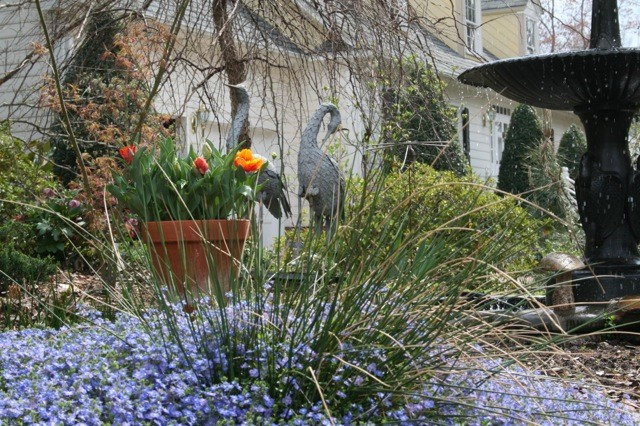
Gardening with Confidence®
Plant bulbs. If the ground isn’t frozen, bulbs can still be planted. Look for sales now and plant. I like adding bulbs to containers; that way I can easily situate the splash of color where I need it most.
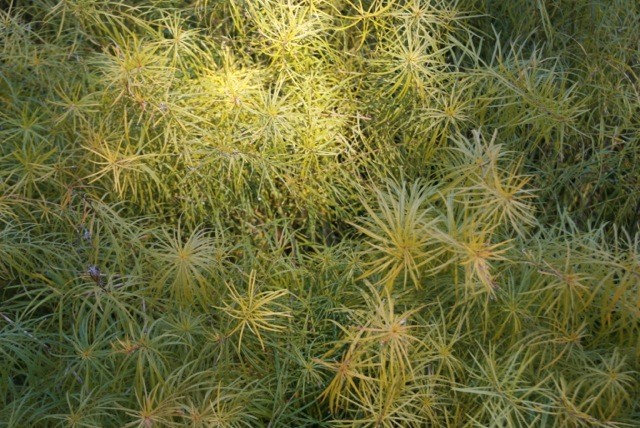
Gardening with Confidence®
Do winter cleanup. Wildlife welcomes cover, particularly in the winter. Leaving woody perennials, such as Arkansas blue star
(Amsonia hubrichtii), asters and Knock Out roses, to name a few, up throughout the winter is very helpful for our outdoor friends. Lots of life gathers under the spent foliage.
I cut back soft-stemmed perennials, like
Crinums,
Elephant Ears (Colocasia) and cannas, as soon as they’ve been “melted” by the frost.
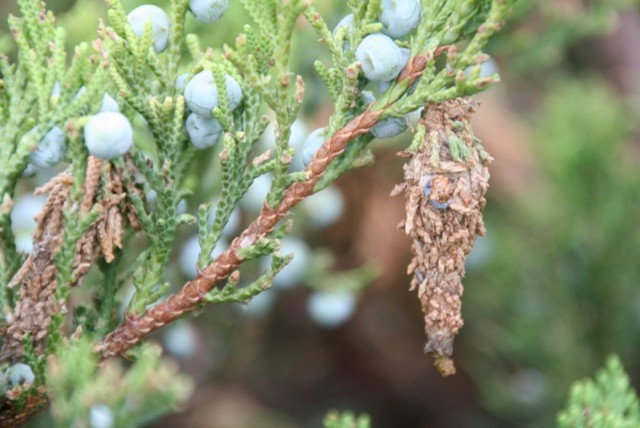
Gardening with Confidence®
Watch for pests. Check trees and shrubs for tent caterpillar egg masses and bagworms. Remove any that you find. Tent caterpillar egg masses are gray and varnished looking, and form a collar around twigs. Bagworms look somewhat like a pinecone and hang at the end of branches.
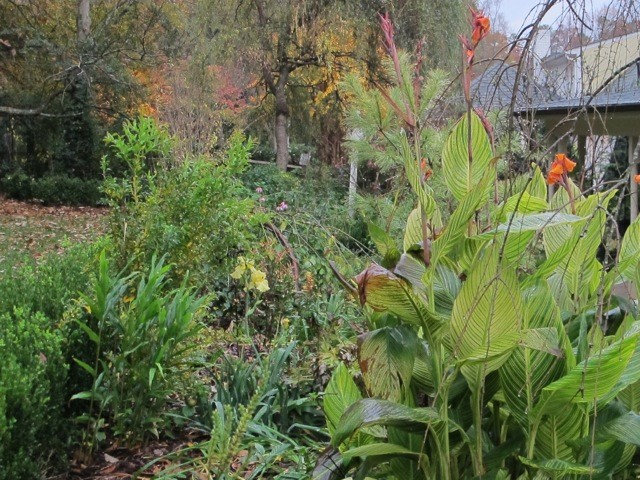
Gardening with Confidence®
If you haven’t already cleaned your hosta beds, now is a good time to remove the dead foliage. Don’t give slugs any advantage. Even if the look of the previous season’s cannas doesn’t bother you, take them down. Leaf rollers like to winter over.
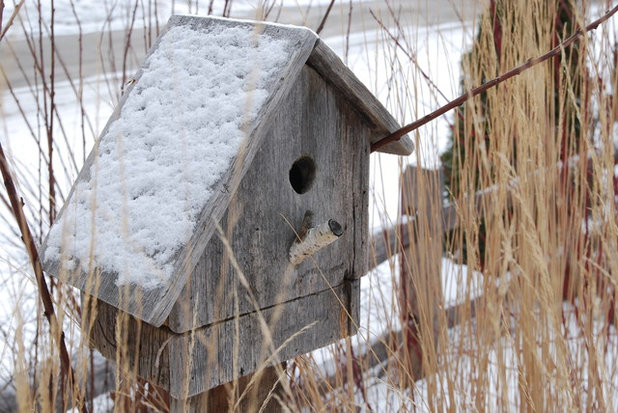
Paintbox Garden
Feed the birds. My winter garden is full of food for the wintering birds, but I want to see my feathered friends from the inside of my home, too. So during the cold season, I place feeders where they can be viewed best from the inside. One of the best all-around seed for birds is black-oil sunflower. This seed has a high meat-to-shell ratio, it is high in fat, and it is sized perfectly for many seed eaters.
More on attracting birds to the garden
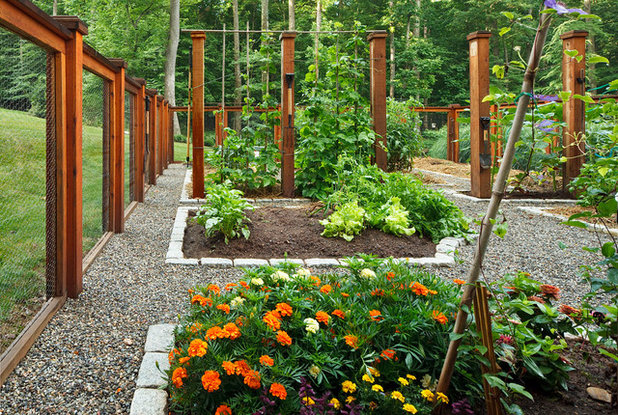
SURROUNDS Landscape Architecture + Construction
Consider vegetables. A warm January day is a good excuse to get outside and work your garden soil. If you have not had the soil tested in a couple of years, now is a good time to do so. A soil test will give you an assessment of pH and if you need other nutrients, such as lime.
Soil recommendations are based on what you are growing or planning to grow. For example, blueberries need a pH of around 4.8, whereas strawberries prefer 5.8 to nearly neutral.
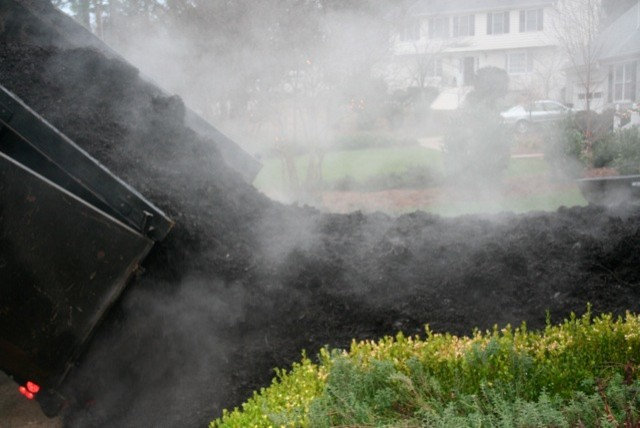
Gardening with Confidence®
Layer on organic mulch. Incorporating or top-dressing with a thick blanket of an organic matter — such as compost, composted leaf mold or manure — is most helpful in the vegetable garden and garden beds.
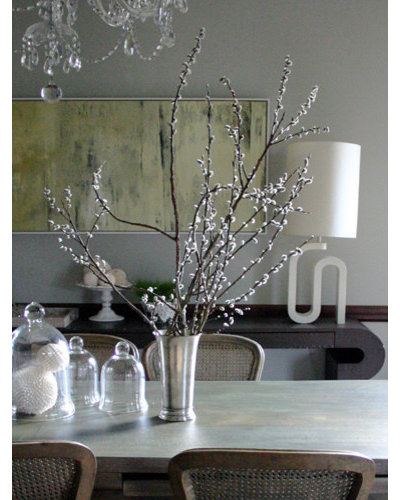
Rebekah Zaveloff | KitchenLab
Cut some branches for indoor enjoyment. With the holiday festivities behind us and winter wearing on, why not cheer up the inside of your home with blooming branches.
Forsythia, pussy willow, quince, winter honeysuckle and
redbud are all good branches to force to bloom early.
Collect long branches, cut a slant with a sharp knife or clippers, and place the stems in a vase of water. Change the water every four days. Within about four weeks, your branches will bloom.
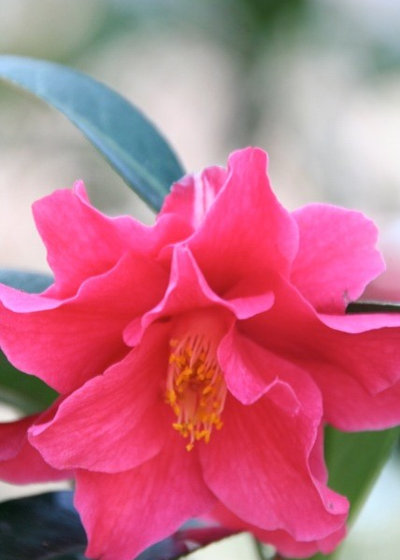
Gardening with Confidence®
Appreciate winter flowers. The most common camellias grown in our area are
Camellia sasanqua and
Camellia japonicas.
Camellia sasanquas bloom from September to January and tend to have a mass of small flowers (as compared to
C. japonicas) blooming all at one time. They are also tolerant of some sun.
Camellia japonicas bloom from September to March and tend to have fewer flowers bloom at a time.
Camellias like acidic soil with some organic matter in semishady conditions. To discourage camellia petal blight, rake spent flowers that have fallen underneath the bushes.





